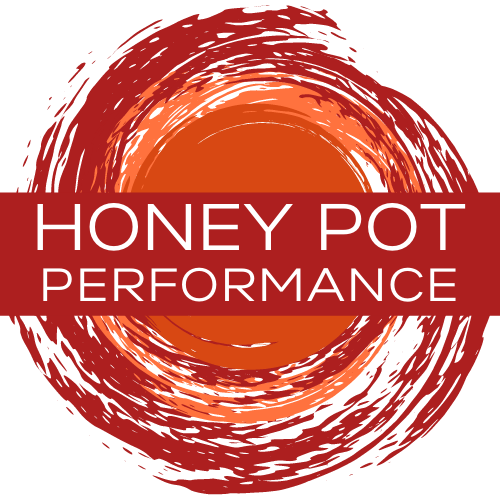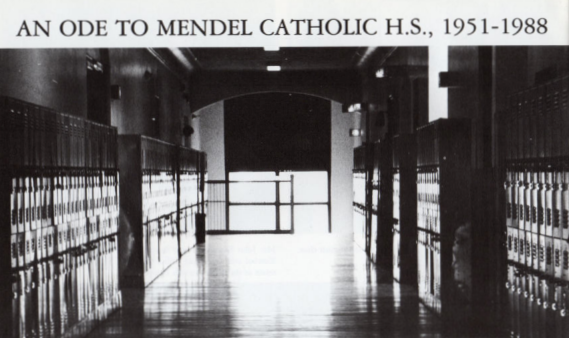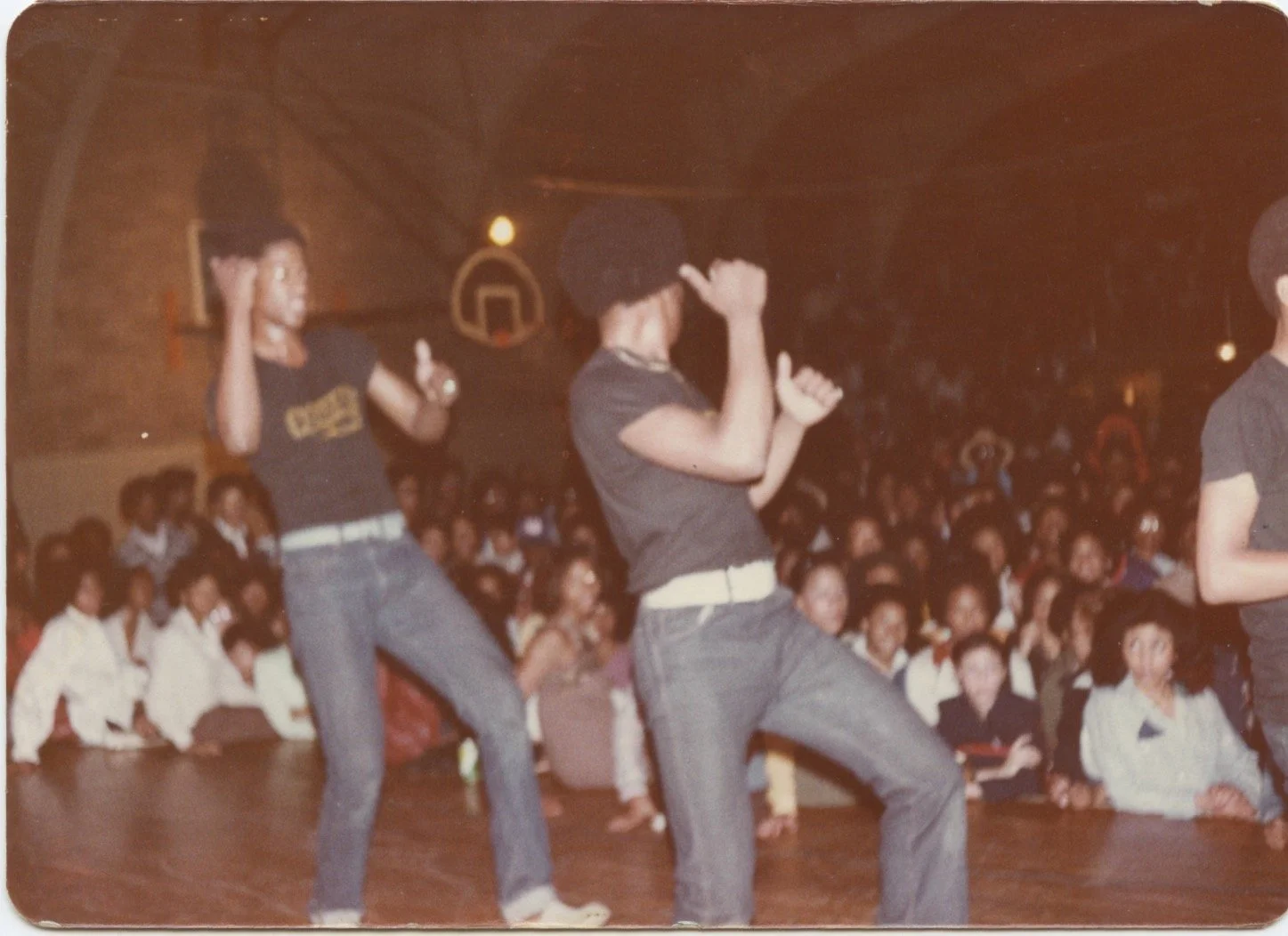the legacy:A Lasting Rhythm
Mendel Catholic High School, 1978, The Doctors last performance with Sapphire Band
The Doctors were more than a high school crew—they were cultural architects, helping to shape a movement that would resonate far beyond the walls of Mendel Catholic High School. Their influence, along with that of their contemporaries, laid the foundation for what would become House Music, not just as a genre, but as a way of life. The legacy of The Doctors extends through the people, places, and social movements that flourished during this era, carrying their impact into the present day.
THE PEOPLE
House Music didn’t just emerge from nightclubs; it was first cultivated in the vibrant teen social scene of Chicago’s South and West Sides. The Doctors were part of a wider network of influential social groups that helped shape the culture—crews that set the trends, packed the parties, and defined an era. These groups created a community of style, dance, and sound that fueled the evolution of House Music.
THE DANCE GROUPS & SOCIAL CLUBS
The Gems
The Slick Chicks
The FBI
The CTA
The Detectives
The Ebony Gents
The Bisease Boys
The Cure
The Men in High Rank
The Actors
Black Diamond Inc.
The Secretaries
The Mellow Fellows
Blue Smoke
Most Wanted
The Pure Delight
The Soulfullettes
Just Us
Park Avenue
The Black Elite
The Operators
Sweet Essence aka The Calumet City Girls
The Stone Gousters
The Chosen Few
People’s Choice
Sapphire
Lady’s Anonymous
COTERIE
Ladies With Class
Las Chispas
GQ
International House of Players
THE PROMOTERS
At the center of it all were the promoters, artists and DJs who transformed these parties into cultural touchstones. The era’s most influential names crafted the sound and spread it to the world. Their contributions didn’t just define a genre, they built House from the ground up.
THE DJs
THE ARTISTS








THE PLACES
Mendel Catholic High School was more than just an academic institution—it was a cultural incubator. Its legendary parties, fueled by The Doctors, the DJs and the hungry crowds, were a testing ground for new sounds and styles that would become hallmarks of House Music. But Mendel was only the beginning.
As the scene evolved, other iconic spaces became central to House Music’s development. Bahb took Mendel to The Warehouse after graduating with his Blue Jean Disco and caused an uproar setting the stage for Tony Smith’s party 2 weeks later and the rest is House Music History! The Warehouse—where Frankie Knuckles, the Godfather of House, famously fine-tuned the sound that would come to define the genre—was a sanctuary for dance and self-expression. Frankie would then go on to create and DJ at his own club, The Power Plant. After Knuckles left The Warehouse, Ron Hardy was a DJ at the Warehouse's new location, which was later renamed The Muzic Box. Lori Branch, often recognized as Chicago’s pioneering female house DJ, had her first club performance at Sauer’s. And in the 1982, the Playground opened and hosted DJs like Frankie Knuckles, Jesse Saunders, Farley "Jackmaster" Funk, The Chosen Few and others, playing a mix of disco, funk, European synth tunes, and gospel influences, contributing significantly to the development of house music. Each of these spaces contributed to the refinement and spread of the music. These were more than clubs; they were temples of rhythm, where community and creativity merged on the dance floor.
THE MOVEMENTS
The cultural explosion sparked by The Doctors and their peers was not just about music—it was about a movement. The Mendel Experience, an essential chapter in the story of House, brought together Black and Brown youth in a way that transcended social divisions, building a community rooted in joy, style, and sonic exploration.
Today, The New Style Players and other influential groups carried this energy forward, ensuring that House Music was more than a passing trend. It became a movement—one that celebrates individuality, inclusion, and the radical power of dance.
At its core, House Music was, and still is, a revolution. It’s a rhythm that unites, a sound that liberates, and a culture that continues to inspire. The Doctors helped write the early chapters of this story, and their legacy lives on in every beat that keeps the House alive.
Mendel Catholic High School Yearbook, 1970s





























